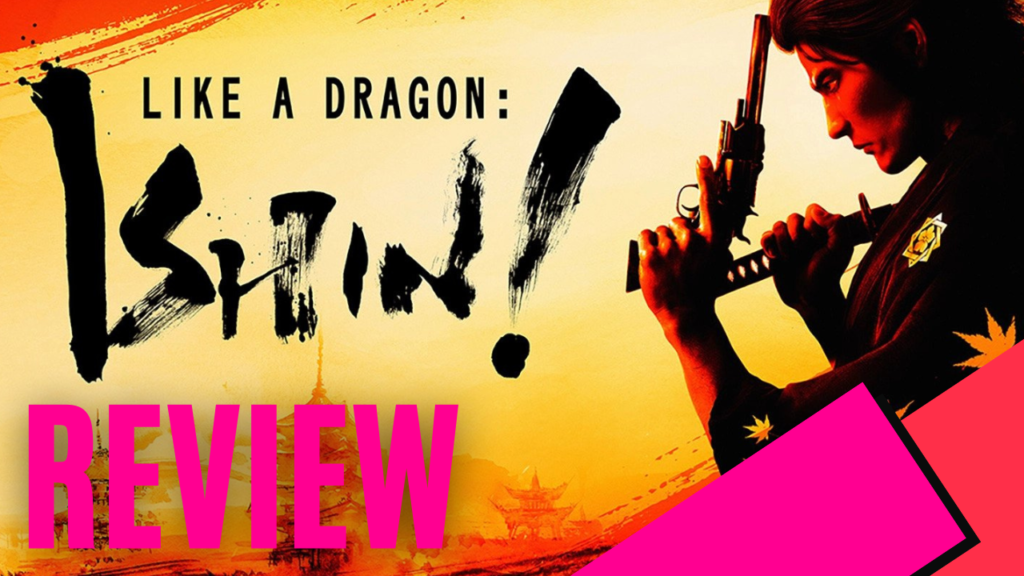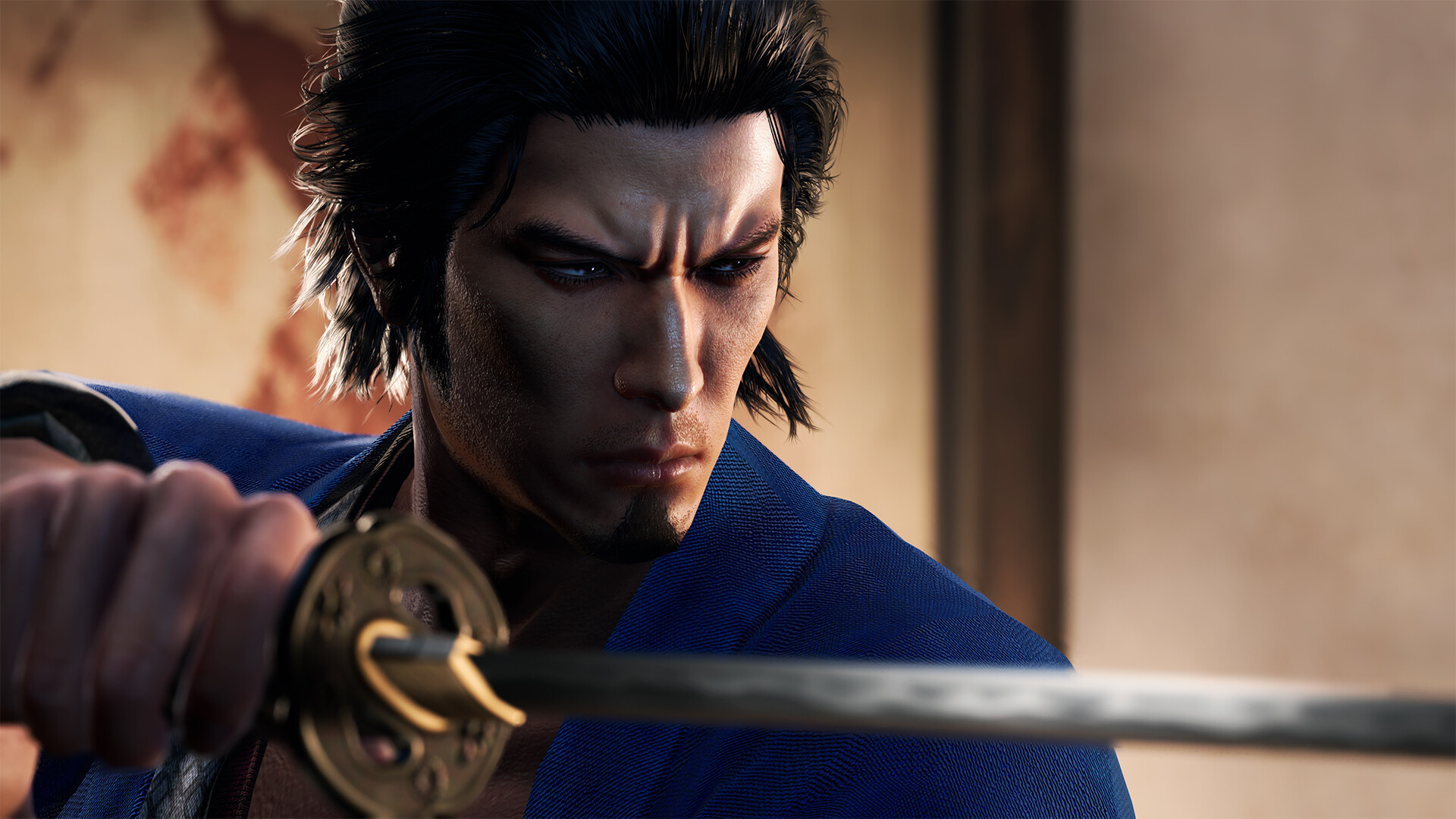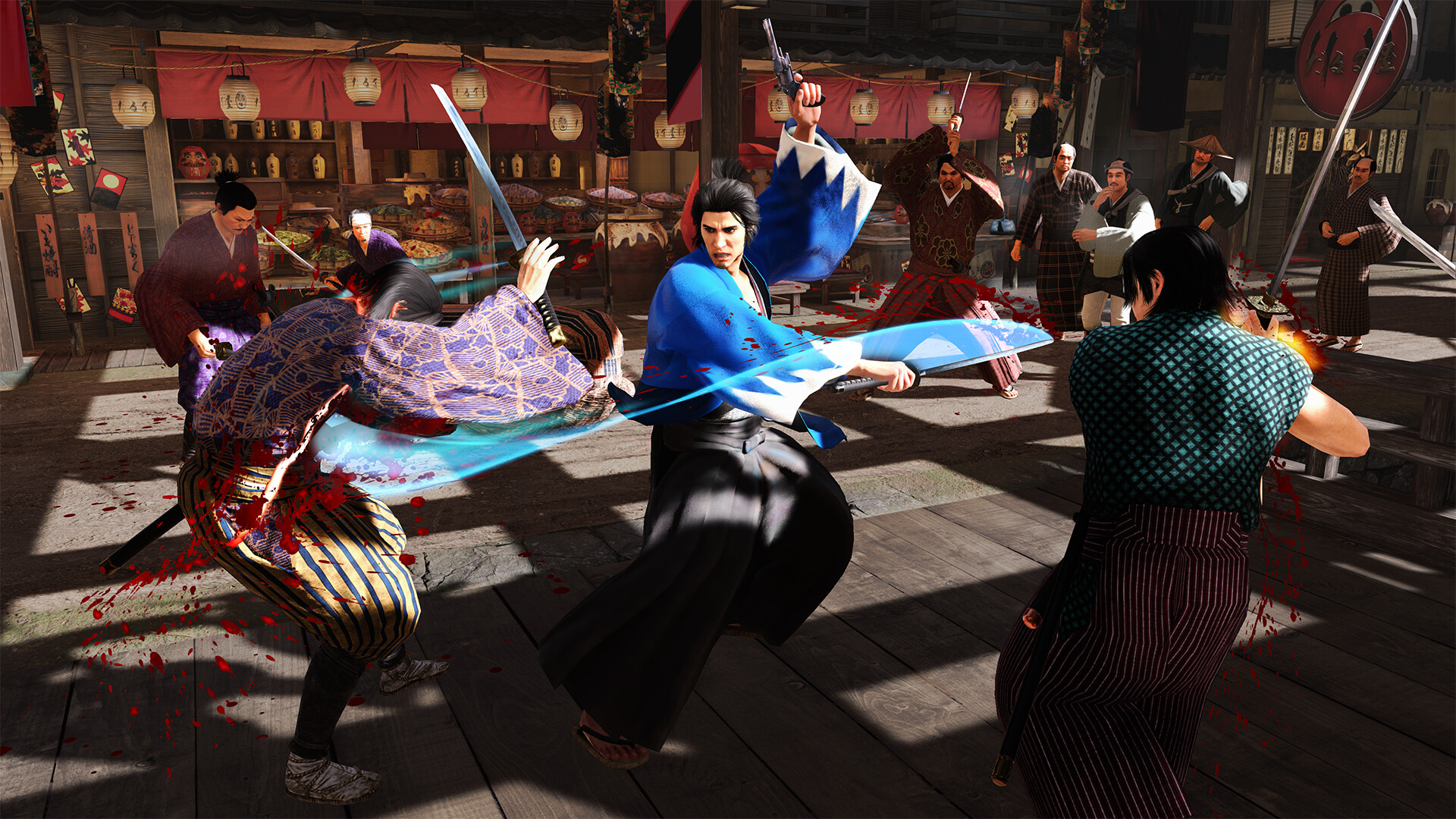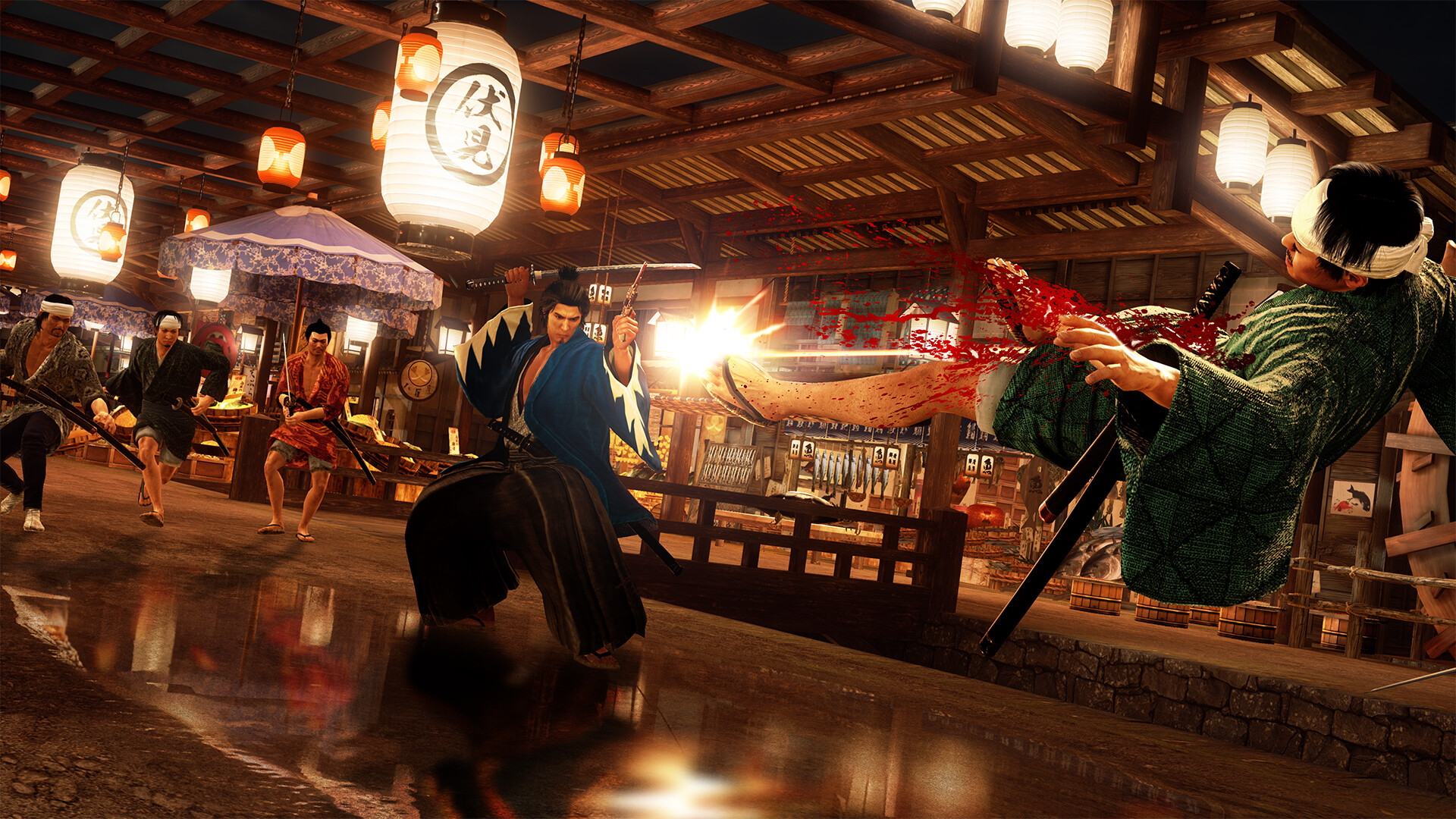
The Yakuza series is one of SEGA’s premiere franchises developed by Ryu Ga Gotoku Studio, which began all the way back in 2005 on PlayStation 2. Now renamed as Like a Dragon, which is also the rough English translation of its Japanese name Ryū ga Gotoku, the series has seen a slow but well-deserved rise in popularity outside of Japan thanks to its remakes and remasters of older games, allowing new fans to enjoy them on modern consoles. There are however, still a few games in the library that have yet to be released outside of Japan. This time, Ryū ga Gotoku Ishin! finally makes its way to modern consoles and to the West as Like a Dragon: Ishin!, now available on PlayStation 4|5, Xbox Series X|S, Xbox One, and PC.
Originally released in 2014 exclusively on PlayStation 3|4, the 2023 version has received a graphical upgrade utilising Unreal Engine 4. Unlike the majority of the Yakuza games, Like a Dragon: Ishin! takes players out of the streets of Kamurocho in modern Tokyo, and back to the late Edo period of Japan, better known as the Bakumatsu period between the years of 1853 and 1867. Players take control of Sakamoto Ryōma, who vows to avenge his mentor and adoptive father, Yoshida Tōyō who was murdered by a mysterious masked assassin.
Ryōma and the majority of the game’s cast are actually based on real Japanese historical figures, but their faces bear a striking resemblance to various fan-favorite characters from the Yakuza games. In short, the historical figures from the Edo period of Japan are portrayed by the Yakuza characters. This means many familiar faces from the franchise have a presence in Like a Dragon: Ishin, unrelated to their stories from the mainline games.

Adding to this, many of the character’s voice actors reprise their roles from the mainline Yakuza games, including Takaya Kuroda (original voice of Kazuma Kiryu) as Sakamoto Ryōma, Hidenari Ugaki (Gorō Majima) as Okita Sōji, Kōichi Yamadera (Shun Akiyama) as Niibori Matsusuke and many more which longtime fans will really appreciate. Each character’s personality, demeanour, and mannerisms closely reflect their modern-day counterparts. The dialogue is spoken entirely in Japanese, but English subtitles are available.
The stories in all Yakuza games have always been one of the absolute best things in the series. It’s always felt like taking part in an epic movie or long-running TV series, having players on the edge of their seats, witnessing the emotional rollercoaster as the story unfolds with plenty of twists and turns along the way. The cinematography during the cutscenes looks excellent, though the story of Like a Dragon: Ishin isn’t quite as strong as the other games.
It has a strong start and solid finish, but seems to keep a steady pace in the middle and doesn’t quite build on that momentum like the franchise usually does. Thankfully, the game’s ending makes it all worth it and satisfying to longtime fans.
Much like the mainline games set in the modern day, the gameplay involves plenty of exploration around feudal Japan and interactions with many of the townsfolk. Of course, it isn’t long before the main protagonist finds himself in a fight, which is where the real fun begins, but this time with weapons. Four different fighting styles can be selected during a fight including Brawler, Swordsman, Gunman, and Wild Dancer.

Gunman has Ryōma wield his pistol which doesn’t do too much damage but is very effective for long-range attacks. It is a bit odd that Ryōma never has to reload his firearm and has unlimited bullets, but still fun nonetheless. Wild Dancer has Ryōma wield both his katana and pistol, mixing up his sword slashing with gunfire, similar to Dante from Devil May Cry, and is most effective for taking on multiple enemies at once.
The game also has a skill tree for players to boost their health or upgrade each fighting style, as well as a card system called Trooper Cards. This allows players to heal themselves, summon a bear to attack enemies, fire a Kamehameha-like energy beam and so much more. As ridiculous as some of these may be, they’re no doubt a lot of fun to do, incredibly satisfying, and come in real handy in the more challenging battles and boss fights ahead.
Just like every other Yakuza game, the boss battles will really test players’ skills as they come in various shapes and sizes, and each fight is very different, which will keep players on their toes. A difficulty setting is available if players want an easier playthrough or really test their mettle.
Exploration plays a huge part in the game, as Ryōma will visit various towns and locations, from various shops selling food, medicine, or gear, and can find plenty of activities and mini-games such as learning new moves at dojos, fishing, singing, dancing, chopping wood, various classic Japanese boardgames and more.
Talking to various people around town will help with finding clues on where to go next and even some side quests such as saving them from getting harassed or helping them with various tasks, but all come with rewards in the end. There is even a whole farming section of the game similar to Harvest Moon or Stardew Valley, which is completely optional.

The game’s soundtrack composed by Hidenori Shoji and Chihiro Aoki features a mix of traditional Japanese folk music to suit the time period, with some modern rock sounds. There is something for every occasion whether it’s the emotional cutscenes or the many battles that Ryōma encounters. Every Yakuza game has always had a fantastic soundtrack and Like a Dragon: Ishin! is no different.
Roaming around freely is where the game shows its age. Being an upgrade of the 2014 PS3 game, the exploration aspect really feels like it’s from that era of the Yakuza series and not as polished as the games released on consoles in the following years. The graphics however have been given an upgrade and even though the PS3 game already looks fantastic, they look even better on modern consoles. Even though the Edo period of Japan doesn’t look as appealing as the games set in the modern day, it still provides some great visuals and makes players feel like they’ve gone back in time.
It took 9 long years for SEGA to finally make this game available outside of Japan and allow dedicated fans to enjoy it after being inspired by the success of Ghost of Tsushima and seeing that a samurai-themed game can indeed be successful in the West. Even if certain aspects are a little outdated and the story doesn’t quite live up to its potential in the middle, there is still so much to enjoy and Yakuza fans are definitely in for a treat. Plenty of familiar faces are present and the battles are as exhilarating as ever. Hopefully, this will inspire SEGA to finally re-release their other samurai-themed Yakuza game from 2008, Ryū ga Gotoku Kenzan!

The Good
- The 2014 game finally available outside Japan
- Being able to play and explore the Edo period of Japan
- Many familiar faces from the Yakuza franchise
- Voice actors reprising their roles
- Cinematography during cutscenes
- Battles are as exhilarating as ever
- Four different fighting styles
- Soundtrack mixing traditional Japanese folk music with some modern rock
- Story has a strong start and solid finish
- Plenty of side quests and mini-games
The Bad
- Exploration feels a little outdated
- Story keeps a stead pace between the start and finish








